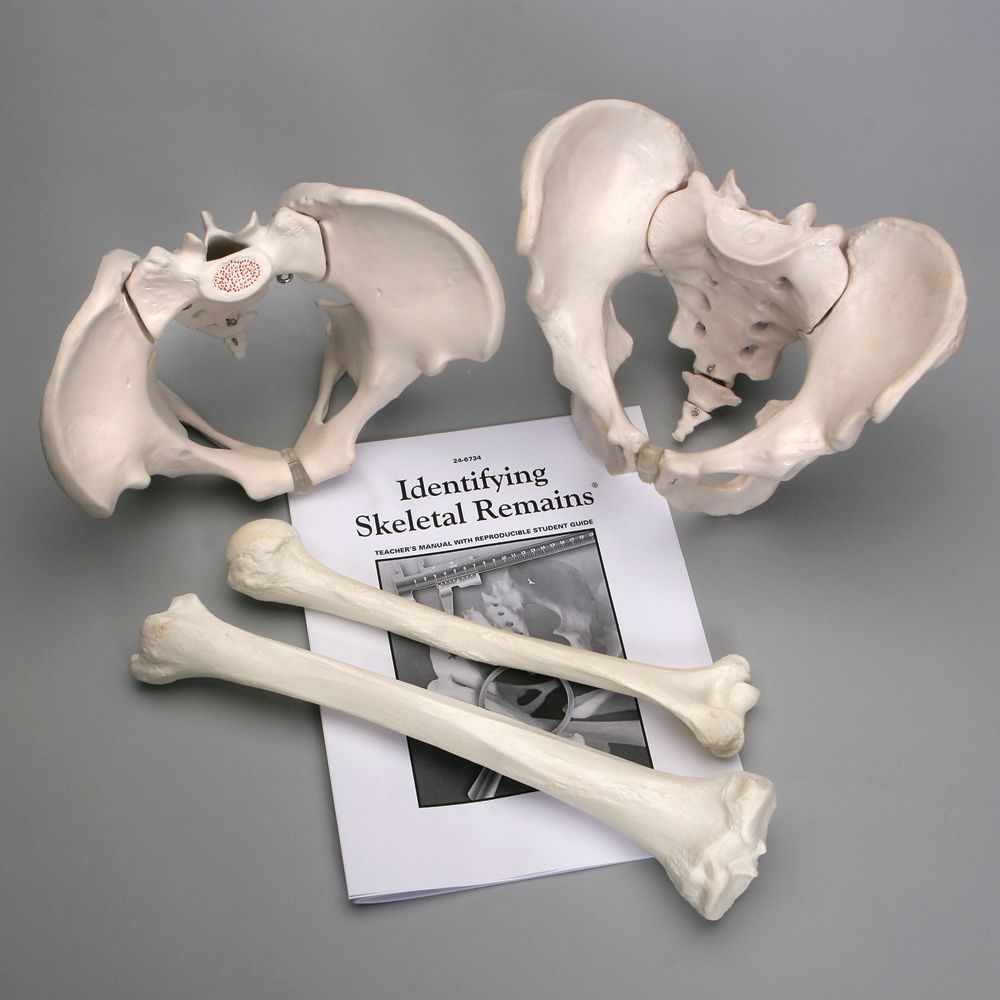Sacred Direction: Proper Placement of Divine Images and Idols in Your Home
Understand sacred directions in home worship
The placement of divine images, idols, and religious symbols in your home carry deep spiritual significance across various traditions. Understand proper directional guidelines help create a harmonious environment that support prayer, meditation, and spiritual growth.
Most spiritual traditions emphasize that the direction your sacred items face forthwith impact the energy flow within your live space. These practices, root in ancient wisdom, continue to guide millions of households in create meaningful worship areas.
Traditional guidelines for divine placement
Hindu traditions provide detailed guidance on directional placement of deities and sacred images. Accord to vast sShastaprinciples, near divine images should face east or west, with east being the preferred direction. This orientation align with the natural movement of the sun and cosmic energy patterns.
The northeast corner of your home, know as the Ishaan corner, represent the near auspicious location for your prayer room or sacred space. When place divine images in this area, ensure they face either east or west, allow worshipers to face the appropriate direction during prayers.
Specific deities have traditional directional preferences. Lord Ganesha images typically face east, while goddess Lakshmi frequently face west. Shiva lingams traditionally face east, and Krishna images ordinarily face either east or west depend on the specific form being worship.
Create your sacred space
The height at which you place divine images matter importantly. Sacred items should be position at eye level or slenderly supra, ensure they command respect and proper attention. Avoid place religious images excessively high or excessively low, as this can create energetic imbalances.
Lighting play a crucial role in sacred spaces. Natural light from the east enhance the spiritual atmosphere, peculiarly during morning prayers. If natural light is limited, use warm, soft artificial lighting that create a peaceful ambiance without harsh shadows.
The background behind your divine images should be clean, uncluttered, and rather illuminate color. Avoid place sacred items against walls that adjoin bathrooms or kitchens, as these areas are considered less spiritually pure in traditional practices.
Practical considerations for modern homes
Contemporary living spaces frequently present challenges for traditional placement guidelines. If your home layout prevents ideal directional placement, focus on create the virtually respectful and peaceful environment possible within your constraints.
Apartment dwellers can adapt these principles by designate a specific corner or shelf for sacred items, ensure the area remain clean and dedicate exclusively to spiritual purposes. The intention and devotion behind the placement frequently matter more than perfect adherence to traditional directions.
Consider the flow of daily activities when position your sacred space. Choose locations that allow for quiet contemplation without frequent interruptions from household traffic or noise.
Multi faith households and universal principles
Families practice different faiths can create harmonious sacred spaces by understand common principles across traditions. Most religions emphasize respect, cleanliness, and peaceful environments for spiritual practices.

Source: nobroker.in
Christian traditions ofttimes place crosses or religious images face into the room, allow family members to contemplate them during prayer. Islamic calligraphy and Quranic verses are typically position to face those who read and reflect upon them.
Buddhist statues and images ordinarily face east, align with the direction Buddha face during enlightenment. Jewish households may orient sacred items toward Jerusalem, follow traditional directional prayers.
Energy flow and spiritual atmosphere
The concept of energy flow extend beyond specific religious traditions. Feng shui principles, while not rigorously religious, offer guidance on create harmonious environments that support spiritual intimately being.
Avoid place sacred items in areas with excessive clutter, sharp corners point toward them, or locations where they might be incidentally disturbed. The surround environment should promote peace and contemplation.
Fresh flowers, incense, and small offerings can enhance the spiritual atmosphere around your sacred items. These elements should complement preferably than overwhelm the primary focus on divine images or symbols.
Maintenance and daily practices
Regular cleaning and maintenance of your sacred space demonstrate ongoing respect and devotion. Dust sacred items lightly with soft cloths, and replace flowers or offerings regularly to maintain freshness and beauty.
Daily practices such as lighting candles or incense, offer prayers, or merely spend quiet moments in contemplation help activate the spiritual energy of your sacred space. Consistency in these practices oftentimes prove more valuable than elaborate setups.
Involve family members in maintain the sacred space, teach children about respect for religious items and the importance of spiritual practices in daily life.
Seasonal and special occasion adjustments
Some traditions call for temporary adjustments during festivals or special religious observances. Understand these seasonal practices help maintain appropriate spiritual environments throughout the year.
During major festivals, you might add special decorations or lighting while maintain the fundamental directional principles. These temporary enhancements should complement instead than conflict with established sacred arrangements.
Special occasions may require additional sacred items or images. Plan these additions cautiously to maintain the harmony and proper directional orientation of your exist spiritual setup.
Common mistakes and how to avoid them
Place sacred items in bedrooms, bathrooms, or kitchens contradict well-nigh traditional guidelines. These areas serve practical daily functions that may not align with the reverent atmosphere require for spiritual items.
Position divine images overly close to televisions, computers, or other electronic devices can create energetic conflicts accord to traditional beliefs. Maintain appropriate separation between sacred and secular items.

Source: qiprosam.com
Neglect regular cleaning or allow sacred spaces to become cluttered diminish their spiritual effectiveness. Establish simple maintenance routines to keep these areas pristine and worthy of reverence.
Adapt ancient wisdom to contemporary life
Modern interpretations of traditional guidelines focus on the underlie principles preferably than rigid adherence to specific rules. The core values of respect, cleanliness, and peaceful contemplation remain constant across different living situations.
Technology can support spiritual practices when use thoughtfully. Digital displays show sacred images should follow the same directional principles as physical items, and electronic prayer aids should enhance instead than distract from spiritual focus.
Urban living constraints require creative solutions while maintain spiritual integrity. Portable sacred spaces, dedicated meditation corners, or evening cautiously arrange shelves can serve as effective alternatives to traditional prayer rooms.
The direction your sacred items face represent upright one aspect of create a meaningful spiritual environment in your home. Combine with sincere devotion, regular practice, and respectful maintenance, proper directional placement contribute to a harmonious space that support your spiritual journey and enhance your daily connection with the divine.



